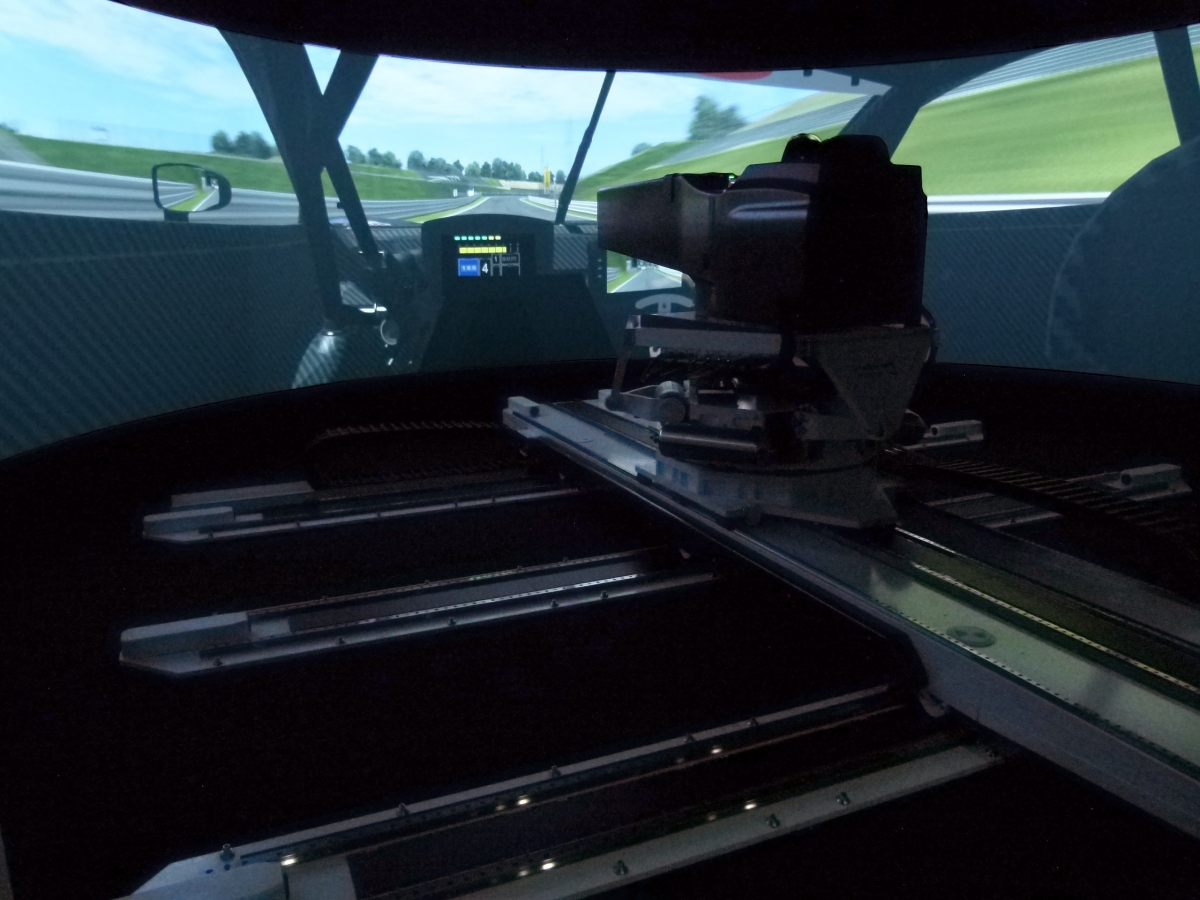
#Warpsharp delta range selection mac os#
Mac app requires Mac OS 10.9 or later.Kryuchkov2020/Drosophila_corneal_nanocoatings.vtiĬhanges in version 0.9 (released December 2019).Improved appearance of the caps where the contour of a volume meets the boundary.Fix: Resizing an image would allow uninitialized values and NaNs to appear in the simulation.Experiments/TihaVonGhyczy/RockScissorPaper.vtiĬhanges in version 0.10 (released March 2020).In Morozov2008: Fig2.vti, Fig4.vti, and Fig5678_delta_map.vti.In Kobayashi1993: laplacian_growth.vti, laplacian_growth_3D.vti, laplacian_growth_3D_corner.vti and crystal.vti.SmoothLife2011/smoothlifeL_parameter_map.vti.In RosenzweigMacArthur1963: predator-prey.vti, predator-prey_1D.vti, hk_parameter_map.vti and hm_parameter_map.vti.In Experiments/TimHutton: mutually-catalytic_spots_2.vti.Ĭhanges in version 0.10.1 (released April 2020).In Experiments/TihaVonGhyczy: sobel_waves.vti.Patterns: Kuramoto-Sivashinsky.vti, Kuramoto-Sivashinsky_multistable.vti, Kuramoto-Sivashinsky_travelling_waves.vti, Kuramoto-Sivashinsky_travelling_waves2.vti An implementation of the Kuramoto-Sivashinsky equation, thanks to Dan Wills.Schrodinger1926/packet.vti or Yang2006/jumping_cGL.vti in a more useful way. Plot chemicals 'a' and 'b' against each other in the line graph, allowing us to show e.g. New render setting: plot_ab_orthogonally.The old behavior (HSV interpolation between two colors) is still available - choose "HSV blend". New render setting: colormap, with 11 maps available: "HSV blend", "spectral", "spectral reversed", "inferno", "inferno reversed", "terrain", "terrain reversed", "orange-purple", "purple-orange", "brown-teal", "teal-brown".laplacian_a / (delta_x * delta_x) and can just write laplacian_a since the value of dx is used in the stencil computation. Formula rules no longer need to write e.g. Parameter dx is now reserved for controlling the grid spacing of the Gaussian, Laplacian, bi-Laplacian and tri-Laplacian.will no longer behave as they did before. This is aīreaking change: formula rules that accessed cells using a_w, a_e, a_nw, a_se, etc.

a = a_ne in a formula to have the whole pattern shift down and left by one pixel.

The neighbor of the current block, these keywords return a float4 that has the four values that are neighbors in the specified way. Instead of accessing the float4 block that is This allows a neater and more accurate way of implementing parameter maps.


 0 kommentar(er)
0 kommentar(er)
